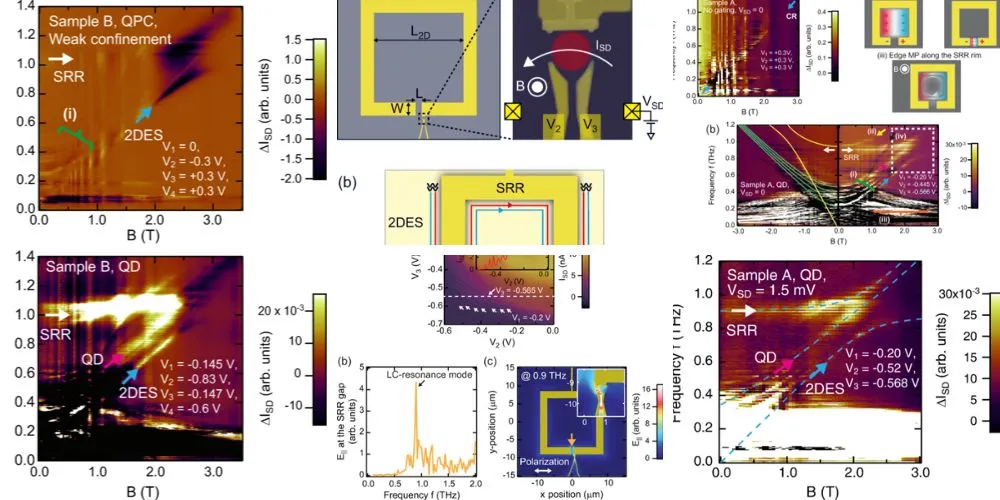Key Points:
- Breakthrough addresses challenges in transmitting information between quantum dots on the same chip.
- An innovative solution involves converting electron information into light to create light–matter hybrid states.
- The technology allows high-speed quantum information transmission and is compatible with semiconductor fabrication tools.
- The approach confines only a few electrons, making it suitable for quantum information processing.
In a significant stride towards advancing quantum electronics, researchers from the Institute of Industrial Science at The University of Tokyo have introduced a groundbreaking technology for transmitting quantum information over distances ranging from tens to hundreds of micrometers.
The study, published in Physical Review Letters, addresses a critical challenge in quantum electronics related to efficiently transmitting information between quantum dots on the same chip.
Quantum electronics, distinct from conventional electronics, utilize qubits—quantum bits—stored in various forms, such as entrapped electrons in nanostructures called quantum dots. The hurdle faced in quantum information transmission arises due to limitations in conveying information beyond adjacent quantum dots, influencing the design of qubits.
The innovative solution proposed by the research team involves converting matter-based electron information into electromagnetic wave-based light information, creating light–matter hybrid states. This approach enables high-speed quantum information transmission that is more flexible in design and compatible with existing semiconductor fabrication tools.
Lead author Kazuyuki Kuroyama explains the methodology: “In our work, we couple a few electrons in the quantum dot to an electrical circuit known as a terahertz split-ring resonator. The design is simple and suitable for large-scale integration.”
Unlike previous methods that relied on coupling resonators with ensembles of thousands to tens of thousands of electrons, the current system confines only a few electrons. While suitable for quantum information processing, this confinement maintains a coupling strength comparable to larger ensembles. The technology utilizes structures commonly integrated into semiconductor manufacturing, making it applicable for practical implementation.
The breakthrough is expected to enhance the functionality of quantum electronics and contribute to developing large-scale quantum computers based on semiconductor quantum dots.
The researchers anticipate applying their findings to explore further the fundamental physics of light–electron coupled states. This advancement represents a crucial step in overcoming challenges in quantum information transmission, opening doors to broader applications beyond laboratory settings.










